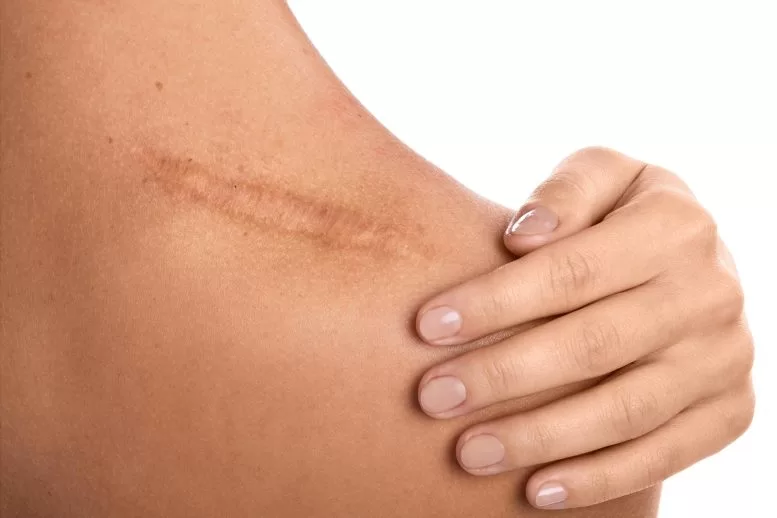Rutgers University Researchers Uncover a Worm-Derived Protein That Accelerates Wound Healing and Reduces Scarring in Mice
In a fascinating blend of immunology and parasitology, researchers at Rutgers University have uncovered a protein from gut parasitic worms that holds remarkable potential in wound healing. The study, published in the journal Life Science Alliance on August 23, reveals that this protein, when applied topically to skin wounds in mice, not only accelerates healing but also enhances skin regeneration and reduces scarring.
A Breakthrough in Wound Healing Research
The study, spearheaded by Dr. William C. Gause, Director of the Center for Immunity and Inflammation at Rutgers, focuses on a protein known as TGM, derived from the parasitic roundworm Heligmosomoides polygyrus. This worm, commonly found in the intestines of mice and other rodents, secretes TGM, which has shown extraordinary effects on wound healing.
When applied to skin wounds, TGM accelerated the closure of wounds and significantly reduced the formation of scar tissue. Even more impressively, treated wounds displayed enhanced skin regeneration, including the formation of new hair follicles—a sign of more complete and natural healing. These findings mark a significant leap in the quest to improve wound healing therapies, particularly in balancing rapid wound closure with proper tissue regeneration.
Harnessing Parasitic Proteins for Regenerative Medicine
The discovery taps into the emerging field of helminthic therapy, where molecules secreted by parasitic worms are explored for their ability to modulate the host’s immune system in beneficial ways. Gause’s team demonstrated that TGM binds to a signaling protein known as the TGF-b receptor, present on various cell types in both mice and humans. This interaction appears to recruit macrophages—an immune cell type critical for healing—and reprograms them to support tissue regeneration rather than promoting fibrosis, the process that leads to scarring.
“This study introduces a novel therapy for skin wounds that prioritizes regenerative healing over fibrosis and scarring,” said Dr. Gause. “Our findings provide a promising framework for the potential use of this easily produced parasite protein as a therapeutic agent to promote cutaneous wound healing.”
Looking to the Future
While the research is currently limited to animal models, the implications for human wound healing are profound. The ability to minimize scarring while enhancing the natural regeneration of skin could revolutionize the treatment of wounds, particularly in patients with chronic wounds or those recovering from surgery.
Further research is needed to determine whether TGM can be safely and effectively used in humans, but the prospects are promising. The study opens new avenues in regenerative medicine, where the unexpected source—a parasitic worm—might one day contribute to advanced healing solutions.
Reference: Lothstein et al., “Helminth protein enhances wound healing by inhibiting fibrosis and promoting tissue regeneration,” Life Science Alliance, August 23, 2024. DOI: 10.26508/lsa.202302249.












